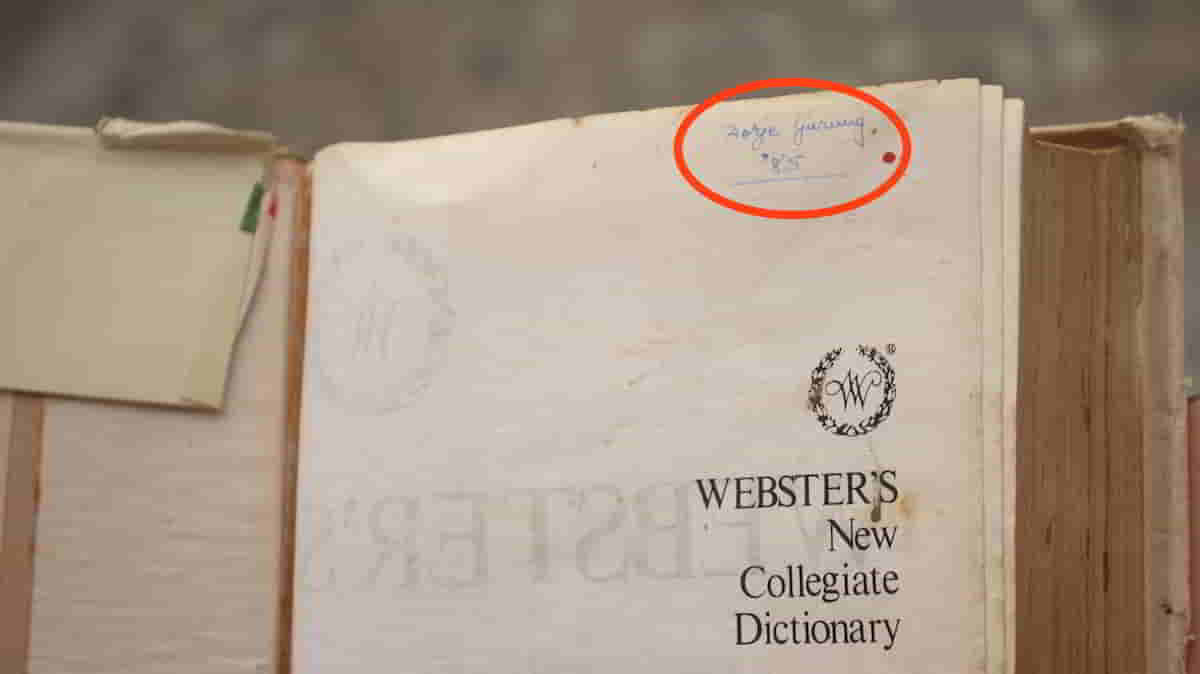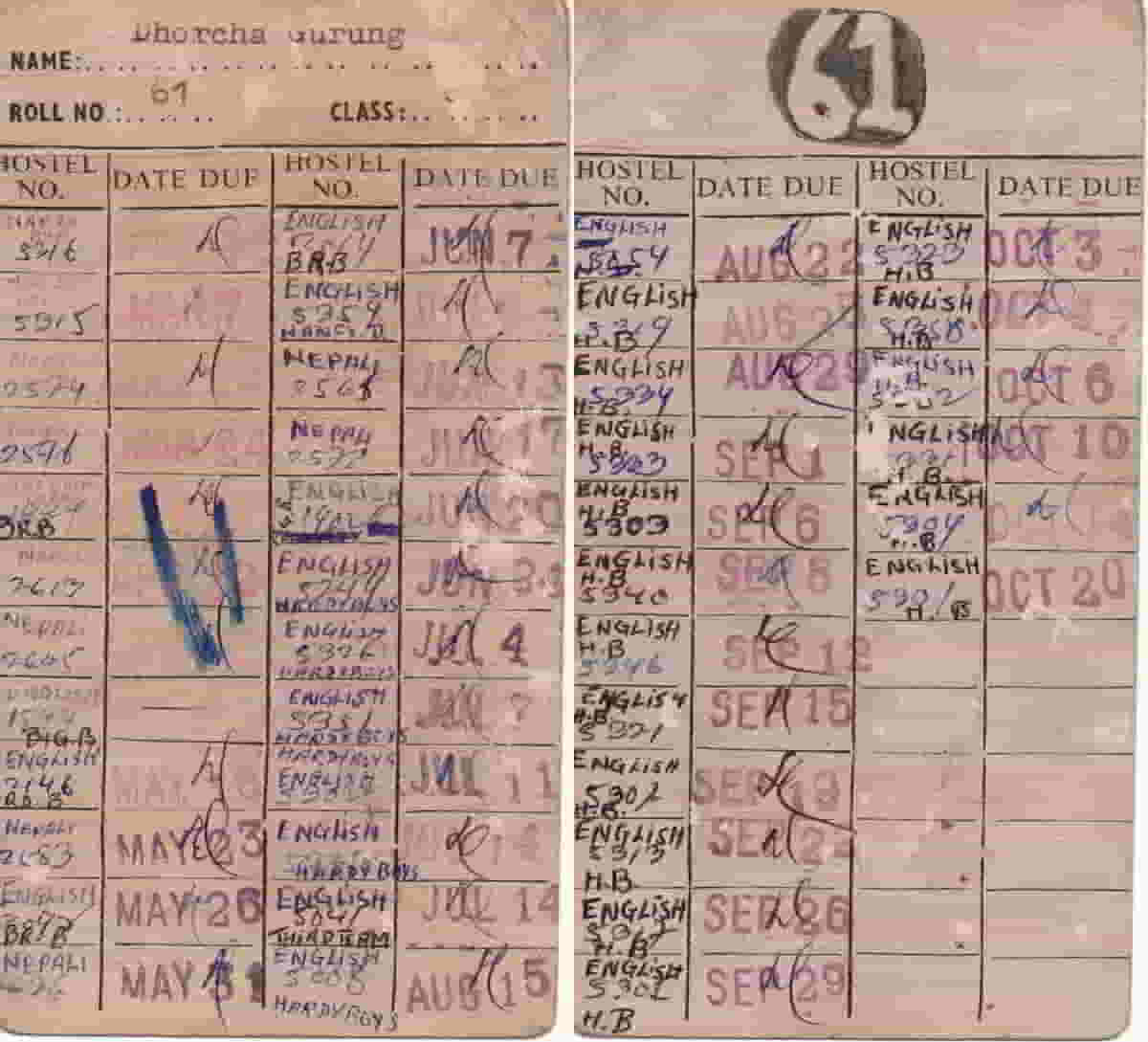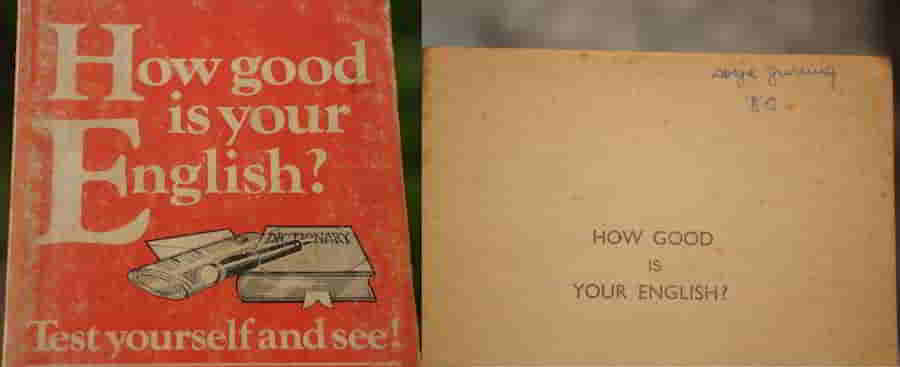
I can’t wait for Jason Bourne to arrive in Kathmandu! If you didn’t know, that’s the fifth and the latest instalment in the hugely successful Bourne series. I have watched the first three — the ones starring Matt Damon — so many times I have lost count. The fourth, The Bourne Legacy, I didn’t really enjoy that much.
Jason Bourne is on the prowl, I heard! I hope I bump into him in Kathmandu…soon!
— Dorje Gurung (@Dorje_sDooing) July 30, 2016
My interest in the franchise started via an “impossible” dream I decided to nurture as a fifth grader. That led to the realization that I had to develop very good English langauge skills. That in turn led to my first love: reading (see image of my library card below). And that in turn led, in secondary school, to Robert Ludlum and his action-filled thriller adventure books, the Jason Bourne series among others.
When in secondary school, my friends were into stereos and music — cassettes tapes of western musicians such as Nik Kershaw, George Michael, Howard Jones, Duran Duran etc. They were developing interests in motorbikes, cars, “fashion” (clothes, shoes and similar accessories) and other leisure activities. I couldn’t afford most of that!

I sought and made constant companion of books instead.
I signed up with the British Council Library to feed my constant appetite. Checking out three from the Library and one from the School library, I would have four at a time! Naturally, sometimes I would be reading more than one at the same time, often well into the night, even during weekdays!
I would save any money I would get — even some of the little I got for school lunch — for books, such as dictionaries (see image at the top), vocabulary-building books, books to improve other English language skills etc.
After all, when it came to doing anything related to academic work and anything towards my dream (of going to the US for tertiary education), outside of school, apart from a few friends, I was pretty much on my own. I didn’t have a single role model to look up to, nor did I have anyone to turn to for help or guidance — not a parent, not a sibling, not a cousin, not a relative, not a member of our community of ethnic Tibetan, the Tangbetanis, not a family friend.
In addition to being a help to my academic work, books were also an escape…twice.
The first was from personal and social issues I faced in Nepal.
By firing my imagination with images of different worlds, people and lives, and by fostering a curiosity about the outside world, books helped me cope with my difficulties. All that, and more, also led to a real escape: I left Nepal in 1988 to attend the United World College of The Adriatic in Italy on a scholarship!
Outside Nepal, with freedom from the conservative Nepalese culture and society for instance, I started a completely new life, reinventing myself in a number of ways — I developed new interests, new attitudes, new ways of being and thinking, and acquired new hobbies and habits etc. I discovered and learned more about my self and my personality. I discovered more about other people and the world at large. I discovered a love of travel etc.
I now have a life I hadn’t imagined for myself as a student growing up in Nepal.
The second time books helped me escape, I was an inmate in Qatar in May 2013.
In other words, books took me places — both figuratively and literally.
It’s for some of the same reasons that I read to my little nephew! Here, in fact, is what my current bedside reading looks like! 😀
My bedside reading! 🙂 What does yours look like? pic.twitter.com/3zlPgRnXYD
— Dorje Gurung (@Dorje_sDooing) August 23, 2016
It’s also for the same reasons, when friends and others write with requests for advice on volunteering in Nepal, or for advice on small education-related projects to implement by themselves and/or by their students etc., that I suggest libraries.
Voluntourism in Nepal is very very popular, though the benefits are highly HIGHLY questionable. Google it and I am sure you’ll come up with article after article arguing that point.
I once met two young British students at a bar in Kathmandu whose parents had paid about 1500 pound sterling each to volunteer at an orphanage for six weeks! That was on top of their flights and personal expenses! 3000 pound sterling would have built a small library in rural Nepal!
I suggest libraries obviously because of the role books played in my life AND also because I know the libraries COMMITTED has built — and provide support to — in our project sites are very very popular. (Unfortunately, three of the four libraries we built in Sindhupalchok were completely destroyed by the April 2015 earthquake.)
None of those who inquired have taken up on the suggestions, however.
I still keep hearing from people interested in volunteering in Nepal though! Hence this post…because, Maya, the daughter of a friend, Manisha Aryal, independently did just that! How she implemented her library project is pretty much how I had recommended people do it. She provides loads of details, which, anyone wishing to take up on my suggestion, i.e. wishing to follow in young Maya’s footsteps, would find really useful.

Maya started her journey to set up a library in Barpak, Gorkha — the epicenter of the April 25, 2015 earthquake — with a GoFundMe fundraising drive. She raised over US$6K.
In July she travelled to Nepal with her mom to carry out the project. She kept her well-wishers, donors and others informed of her activities through her blog.
Reproduced below are links to a number of her posts.
- Book By Book: Preparing to build a library at the epicenter of Nepal’s earthquake: She goes into the details of what she discovered in the process of visiting and talking to “children’s book publishers, librarians, and teachers to understand how primary education works in Nepal and to find out about the availability of Nepali books” in Kathmandu. Obviously, she lists the publishers etc.
-
Book By Book: A week in Barpak. Overseeing the setting up of the library. “To get more natural light into the room, some of the solid roofing sheets have been replaced with transparent ones.”
-
Book By Book: Close to the finish line: Details of some challenges and considerations.
-
Book By Book: Opening the Door. Details of some more challenges and the joy of seeing the fruits of all her work.
-
Book by Book: On the way down…: At the end, she was still left with US$2300. She provides details of how that money was allocated for the sustainability of the library. (The library cost her just US$4700. You can find a detailed financial report in the GoFundMe page. Go to the bottom of the page and click on “Read Latest Update.”)
Books could provide the “escape” millions of children traumatised by the earthquake and/or whose lives and education have been severely impacted by the recent economic embargo might need — or might be seeking — and give them a new lease on life, as it were, just as they did me.
What do you think?

